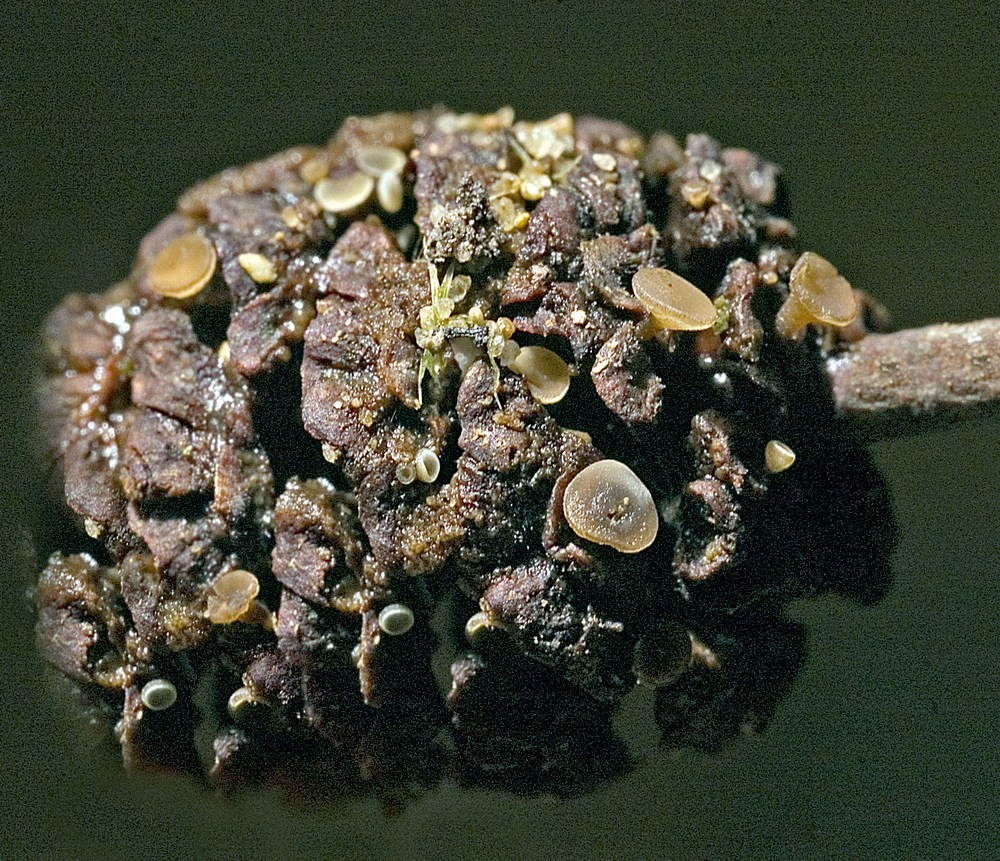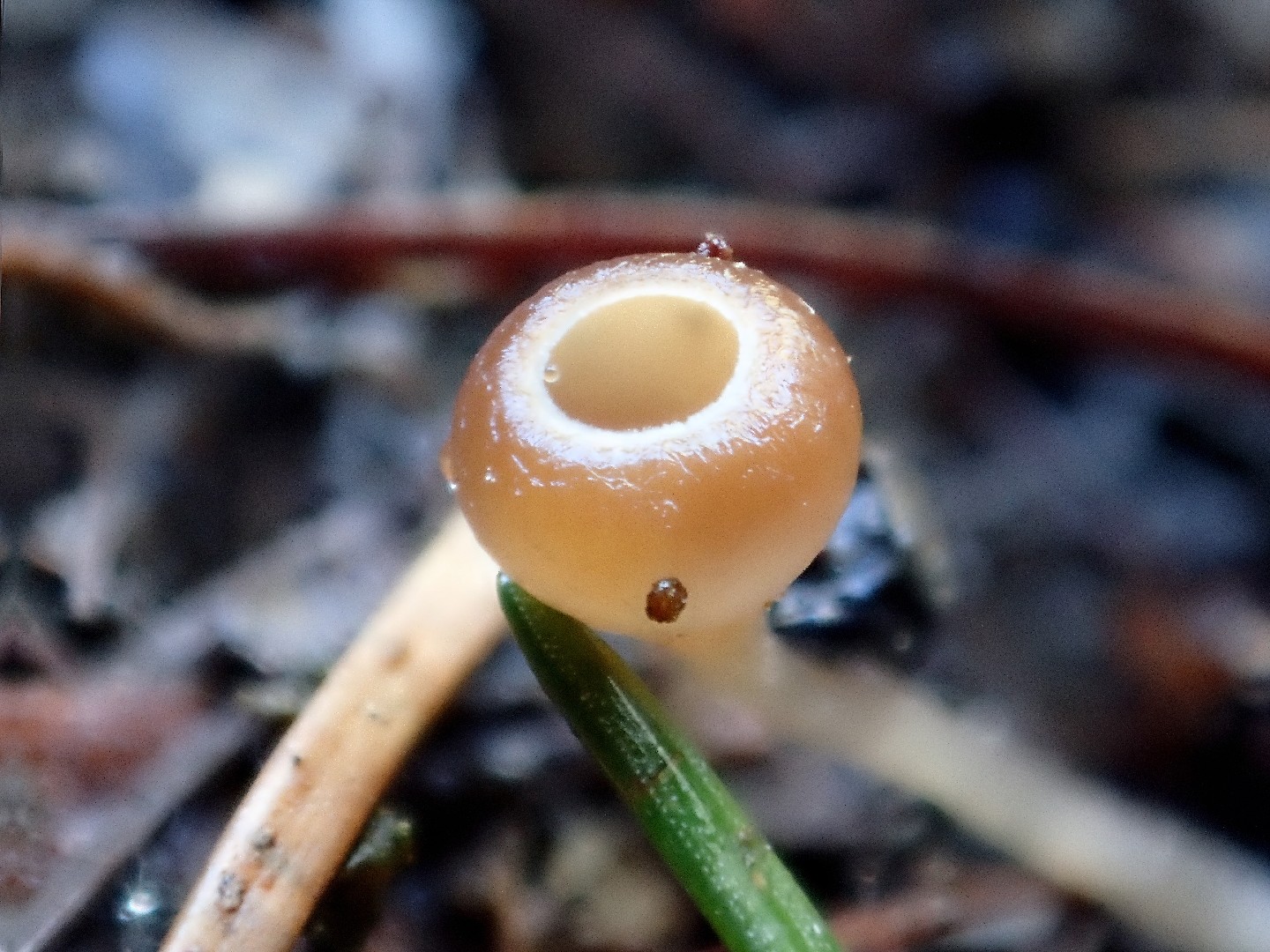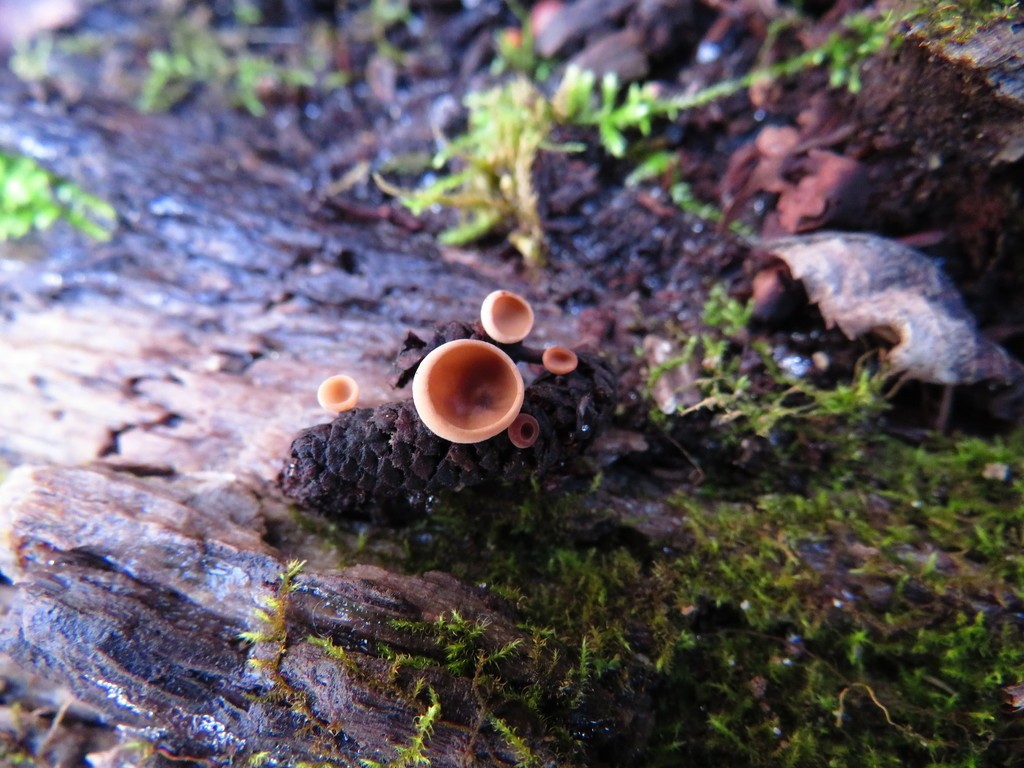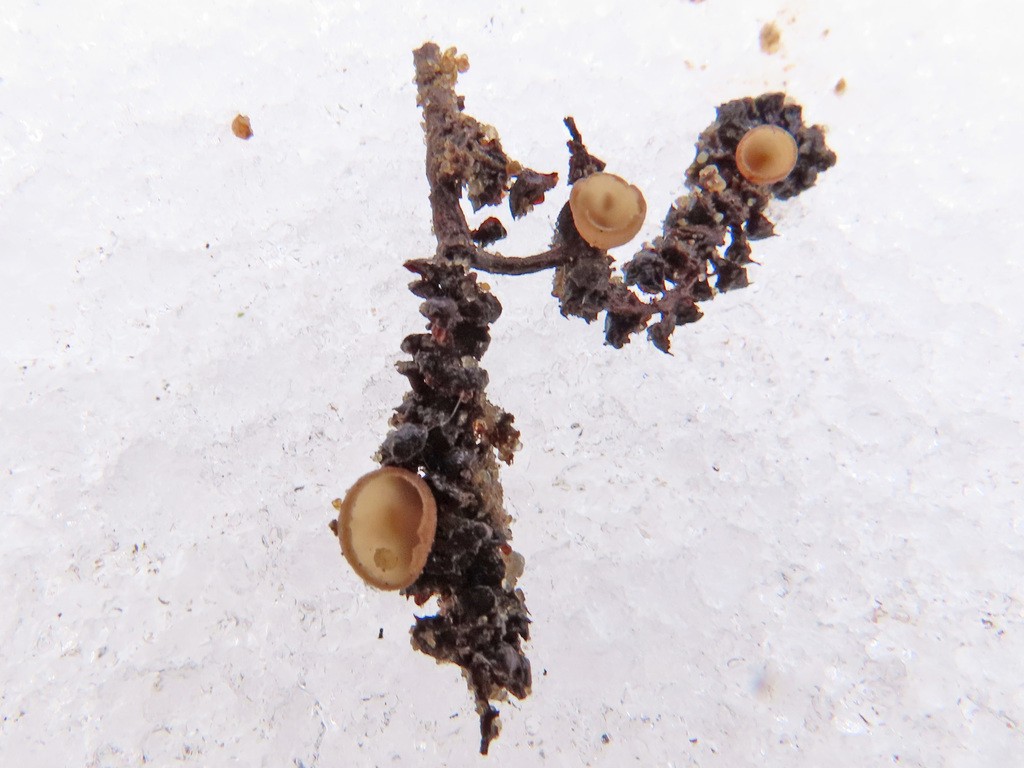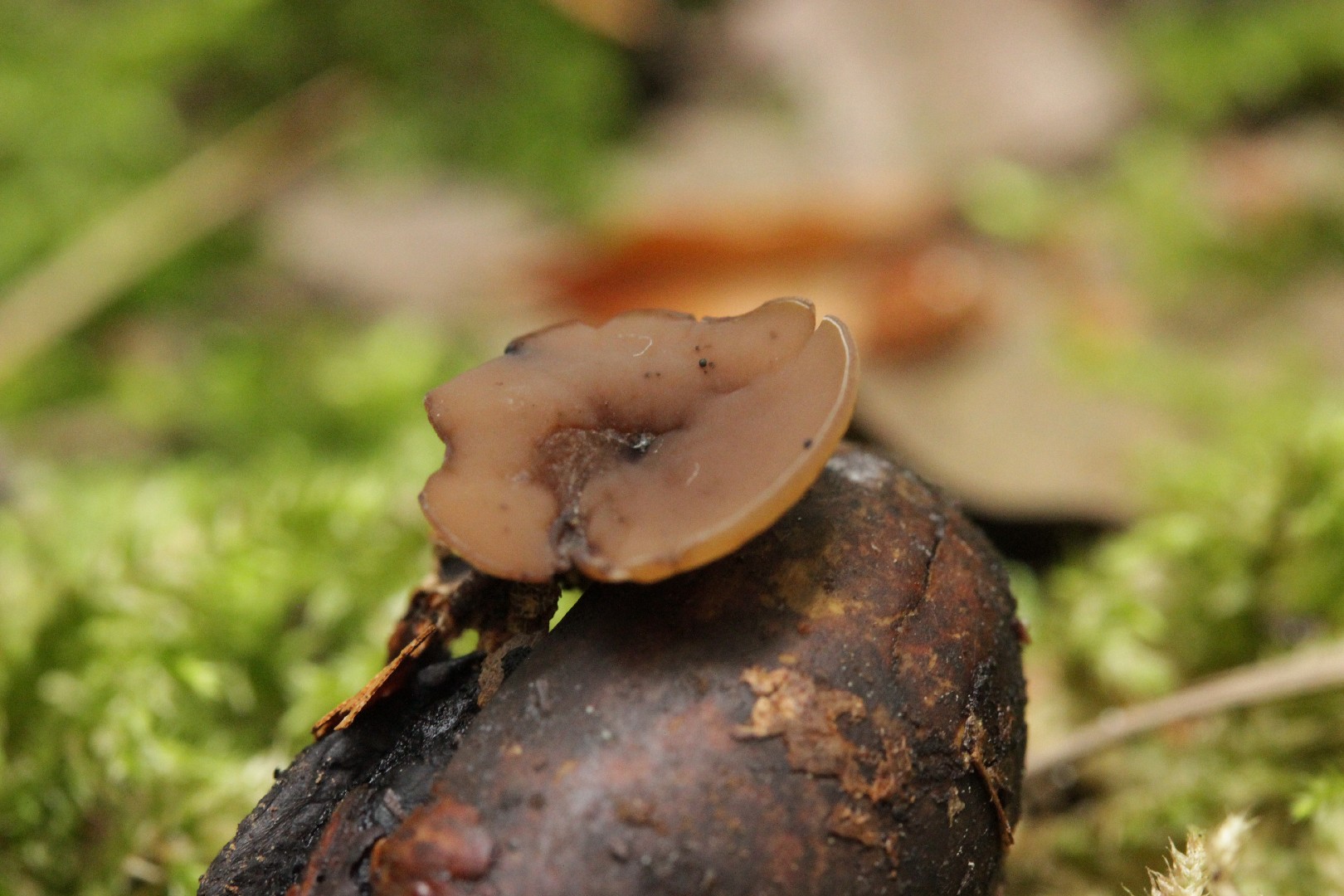Ciboria
Scientific name: Ciboria
Ciboria
Scientific name: Ciboria
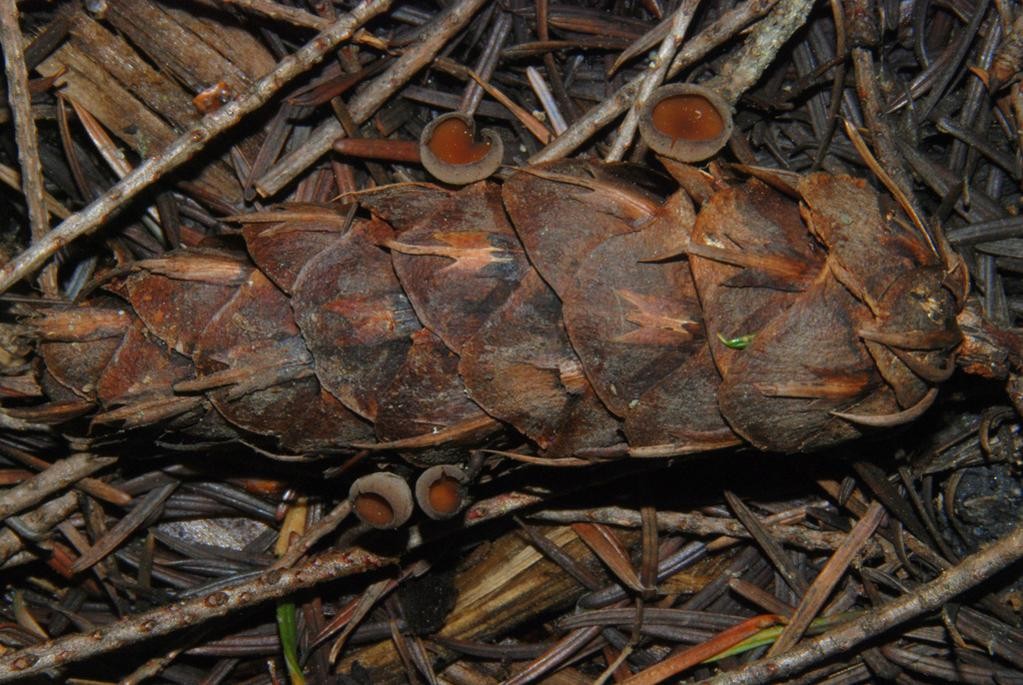 Photo By damontighe , used under ALL RIGHTS RESERVED /Cropped and compressed from original
Photo By damontighe , used under ALL RIGHTS RESERVED /Cropped and compressed from original Description
Ciboria belong to a unique group known for their cup-like fruiting bodies. These tiny fungi often thrive on decaying plant material, particularly fallen leaves and fruits, helping recycle nutrients back into the ecosystem. Some species produce fruit bodies that look like miniature goblets, which can sometimes be seen in the early spring.
